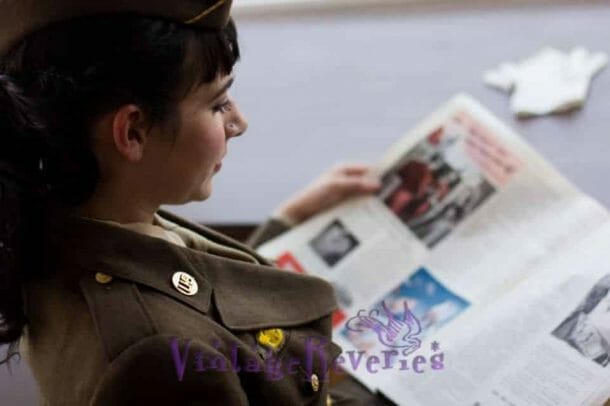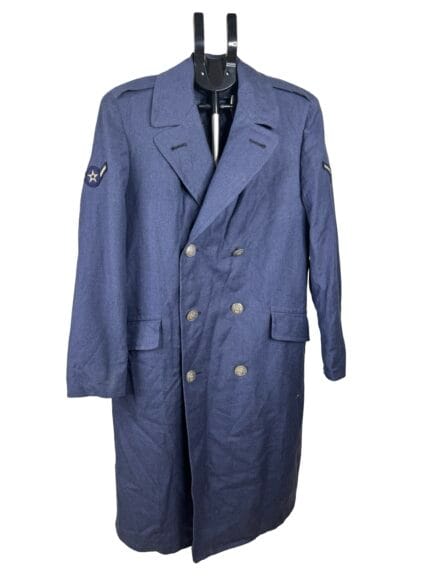How did the term “cheesecake” pinup originate?
According to this 1950s magazine: “… A New York news photographer once asked a woman to lift her skirt ever so slightly to make a better picture. The beautiful woman complied. When the editor, something of a gourmet, saw the picture on his desk, he exclaimed, ‘Why, this is better than cheesecake!’”
The photograph, taken in 1915 by photographer George Miller, featured Elvira Amazar, a Russian opera diva, and is claimed to be the first-ever “cheesecake” photo published in the American press. But what started as a playful editorial quip quickly gained cultural momentum, becoming an enduring term synonymous with pinup art, photography, and illustrations that showcased charming, flirtatious depictions of women.
The Early History of Cheesecake Pinups
The term cheesecake reflected the lighthearted cultural atmosphere of the early 20th century. At a time when modesty and traditional social norms were evolving — particularly in the wake of the suffragette movement and changing gender roles during World War I — cheeky, flirty imagery of women began to permeate newspapers, advertisements, and magazines. Early cheesecake photos may not have revealed much by modern standards, but their playful allure was undeniable.
By the 1920s and 1930s, cheesecake imagery had become a mainstay of popular culture. Actresses, models, and advertisers embraced the concept, which emphasized glamour and charm over explicit sexual content. The rise of Hollywood’s Golden Age was instrumental in propelling this aesthetic into the mainstream, thanks in part to movie studios’ strategic use of dazzling promotional photography to grow the allure of their leading ladies.
Cheesecake and the Iconic Pinup Era
During the 1930s and 1940s, the term “cheesecake” became nearly interchangeable with the word “pinup,” particularly as World War II ushered in a new significance for this type of imagery. Pinup photographs and illustrations became essential morale boosters for soldiers stationed overseas. These images, often featuring glamorous actresses such as Betty Grable (famously photographed in a swimsuit with her back turned) or Rita Hayworth, were pinned up in barracks, posted in notes from home, and even painted onto the nose of fighter planes.
Artists like Alberto Vargas and George Petty also transformed cheesecake into a celebrated art form through their iconic illustrations for Esquire magazine. These artistic pinups were risqué yet charming, blending fantasy and realism in a way that appealed to wide audiences. The term “cheesecake” remained a lighthearted nod to the playful and slightly indulgent nature of the art it described, much like enjoying a delicious dessert.
Deeper Historical Context
Although “cheesecake” as a specific term was coined in the early 20th century, suggestive feminine imagery existed long before. The use of flirtatious artwork — often promoting shops, products, or theatrical performances — can be traced back to the 19th century or earlier. For instance, an 1820s illustration of a modestly revealing woman advertising a shop foreshadowed the cheesecake-poster aesthetic that would define the pinup era over a century later.
Furthermore, the cheesecake trend aligned with technological advancements during the early 1900s. The ability to mass-produce photographs and print them in periodicals, combined with the growing star power of Hollywood actresses, fueled the spread of this visual style. George Miller’s seminal 1915 photograph of Elvira Amazar, whether intentionally pioneering or incidental, marked the beginning of what would blossom into a multimillion-dollar cultural industry.
The Legacy of the Cheesecake Pinup
Cheesecake pinups carried through the decades as symbols of beauty, charm, and nostalgia. Even as societal standards and fashion evolved, their playful spirit endured, influencing retro fashion trends, photography styles, and even modern advertising. Actresses like Marilyn Monroe, Rita Hayworth, and Lucille Ball further solidified cheesecake’s place in cultural history throughout the mid-20th century.
Today, cheesecake pinups are celebrated as a quintessential element of vintage Americana. The term speaks to an era when sexuality could be playful and modest, a cultural moment when beauty and art met to create something timeless and inspiring. From the first click of George Miller’s camera in 1915 to the enduring influence of vintage styles today, cheesecake pinups remain a testament to how something as simple as a witty editorial comment could spark a cultural phenomenon.














Get 10% Off Your First Vintage Find
Subscribe to receive a 10% off welcome coupon by email, plus early access to new vintage drops, behind-the-scenes sourcing notes, and scans of the old photos, programs, and paper ephemera I uncover and digitize.
Almost there! Please check your email inbox right now and click the link in our confirmation message to complete your subscription. (If you don't see it, check your spam folder!)